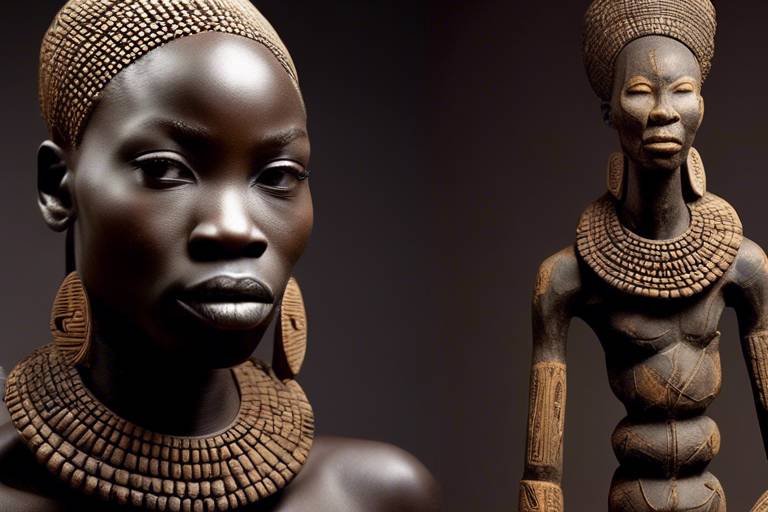The Influence of Feminism on Contemporary Art
Feminism has undeniably left a profound mark on the landscape of contemporary art, reshaping narratives, challenging norms, and amplifying marginalized voices. The influence of feminism on the art world is multifaceted, encompassing a rich tapestry of movements, themes, and expressions that have redefined artistic practices and perspectives.
One of the key aspects in understanding the impact of feminism on contemporary art is delving into the historical context of feminist art movements. These movements have not only paved the way for gender equality in the art world but have also sparked conversations on social justice, representation, and empowerment. Artists such as Judy Chicago, Guerrilla Girls, and Yayoi Kusama have been instrumental in pushing boundaries and advocating for feminist principles through their creative endeavors.
Contemporary artists have been actively challenging traditional notions of gender and identity, using their art as a platform to explore diverse experiences and narratives. By dismantling stereotypes and embracing inclusivity, these artists are reshaping cultural dialogues and fostering a sense of empowerment among individuals of all backgrounds.
Themes of feminism are prominently reflected in artistic expressions, with artists addressing issues such as body positivity, reproductive rights, and intersectionality. Through their work, they not only critique patriarchal structures but also offer alternative perspectives that redefine power dynamics and reshape societal norms.
The intersection of feminism and activism in contemporary art is a powerful force for social change and justice. Artists leverage their platforms to advocate for marginalized communities, challenge systemic inequalities, and spark conversations that drive meaningful transformation in society.
Moreover, the digital realm has become a vital space for feminist art practices, allowing artists to amplify their voices and reach global audiences. Through online platforms and technology, artists are breaking barriers, dismantling hierarchies, and democratizing access to art, fostering a more inclusive and diverse artistic landscape.
Despite the strides made by feminist artists, challenges and controversies persist in the art world. Issues of censorship, backlash, and the commercialization of feminist ideologies continue to pose obstacles to the full realization of feminist art's potential impact and reach.
Significant feminist art exhibitions and institutions play a crucial role in promoting gender equality and diversity within the art world. By showcasing the works of feminist artists and fostering critical engagement with feminist perspectives, these institutions contribute to a more inclusive and equitable artistic ecosystem.
As we look towards the future of feminist art, there is a sense of optimism and anticipation for the evolving landscape of contemporary practice. Emerging trends, challenges, and opportunities present new avenues for advancing feminist agendas, pushing boundaries, and creating meaningful change in the art world.
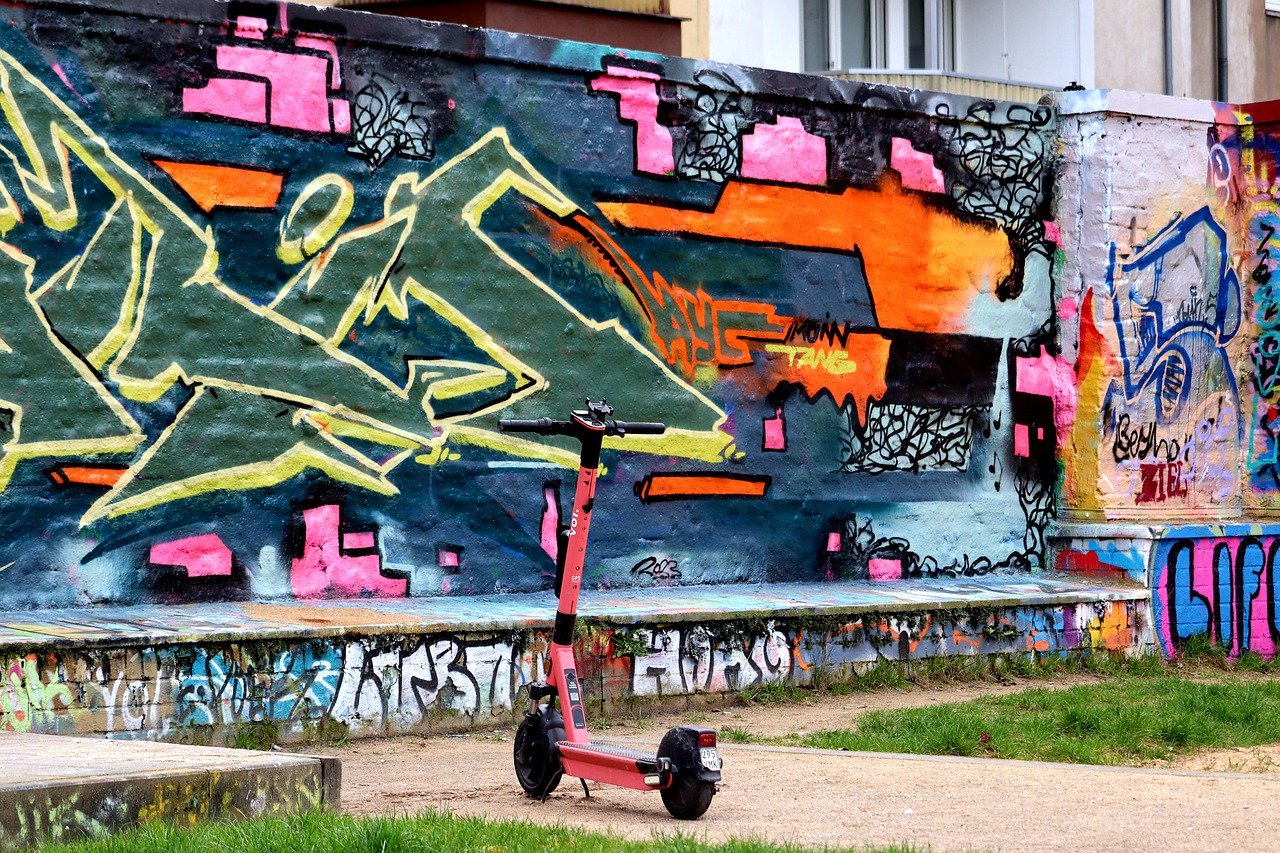
Exploring Feminist Art Movements
Feminist art movements have played a pivotal role in shaping the landscape of contemporary art, challenging traditional norms and advocating for gender equality. Beginning in the late 1960s and continuing to influence artists today, feminist art movements have sparked conversations about representation, power dynamics, and social justice. Artists such as Judy Chicago, Barbara Kruger, and Cindy Sherman have been instrumental in pushing the boundaries of artistic expression and highlighting the experiences of women in society. Their provocative works have not only challenged the male-dominated art world but have also inspired a new generation of artists to explore feminist themes in their practice.

Representation of Gender and Identity
When delving into the realm of contemporary art, one cannot overlook the profound impact of feminist ideologies on the representation of gender and identity. Through their artistic expressions, contemporary artists have been challenging traditional gender norms and exploring diverse identities, creating a space that fosters inclusivity and empowerment.
By breaking away from the constraints of societal expectations, these artists are reshaping the narrative surrounding gender and identity, offering a fresh perspective that celebrates individuality and diversity. Through their work, they invite viewers to question preconceived notions and embrace the fluidity of identity.
One notable aspect of contemporary art is the way in which feminist artists use their creations as a tool for social commentary and change. By addressing issues such as gender inequality, LGBTQ+ rights, and racial discrimination, these artists are actively engaging in conversations that challenge the status quo and advocate for a more inclusive society.
Through their art, these creators are not only expressing their own experiences and perspectives but also amplifying the voices of marginalized communities, shining a light on the struggles and triumphs of individuals whose stories are often overlooked or silenced.

Feminist Themes in Artistic Expression
Feminist themes in artistic expression encompass a wide range of topics that reflect the experiences, struggles, and triumphs of women and marginalized individuals. Through their art, contemporary artists delve into various facets of feminism, shedding light on societal issues and advocating for gender equality. One prominent theme is body positivity, where artists challenge conventional beauty standards and celebrate diverse body types. This theme aims to empower individuals to embrace their bodies and reject unrealistic ideals perpetuated by the media.
Another significant feminist theme is reproductive rights, which addresses the autonomy and agency of individuals over their bodies and reproductive choices. Artists use their work to advocate for access to reproductive healthcare, contraception, and abortion rights, highlighting the importance of bodily autonomy and decision-making in women's lives.
Intersectionality is a key concept explored in feminist art, emphasizing the interconnected nature of social identities such as race, class, and gender. Artists incorporate intersectionality into their work to address the overlapping systems of oppression that impact individuals differently based on their multiple identities. By acknowledging and representing diverse experiences, artists promote inclusivity and solidarity within the feminist movement.
Artists also delve into political activism through their work, using art as a tool for social change and resistance against oppressive structures. Whether through visual protests, performance art, or multimedia installations, feminist artists engage with political issues to raise awareness, provoke thought, and mobilize communities towards collective action.
In addition to addressing societal issues, feminist artists explore the concept of agency and empowerment through their artistic expression. By reclaiming narratives, challenging stereotypes, and amplifying marginalized voices, artists empower individuals to assert their identities, assert their rights, and demand recognition in a world that often seeks to silence them.
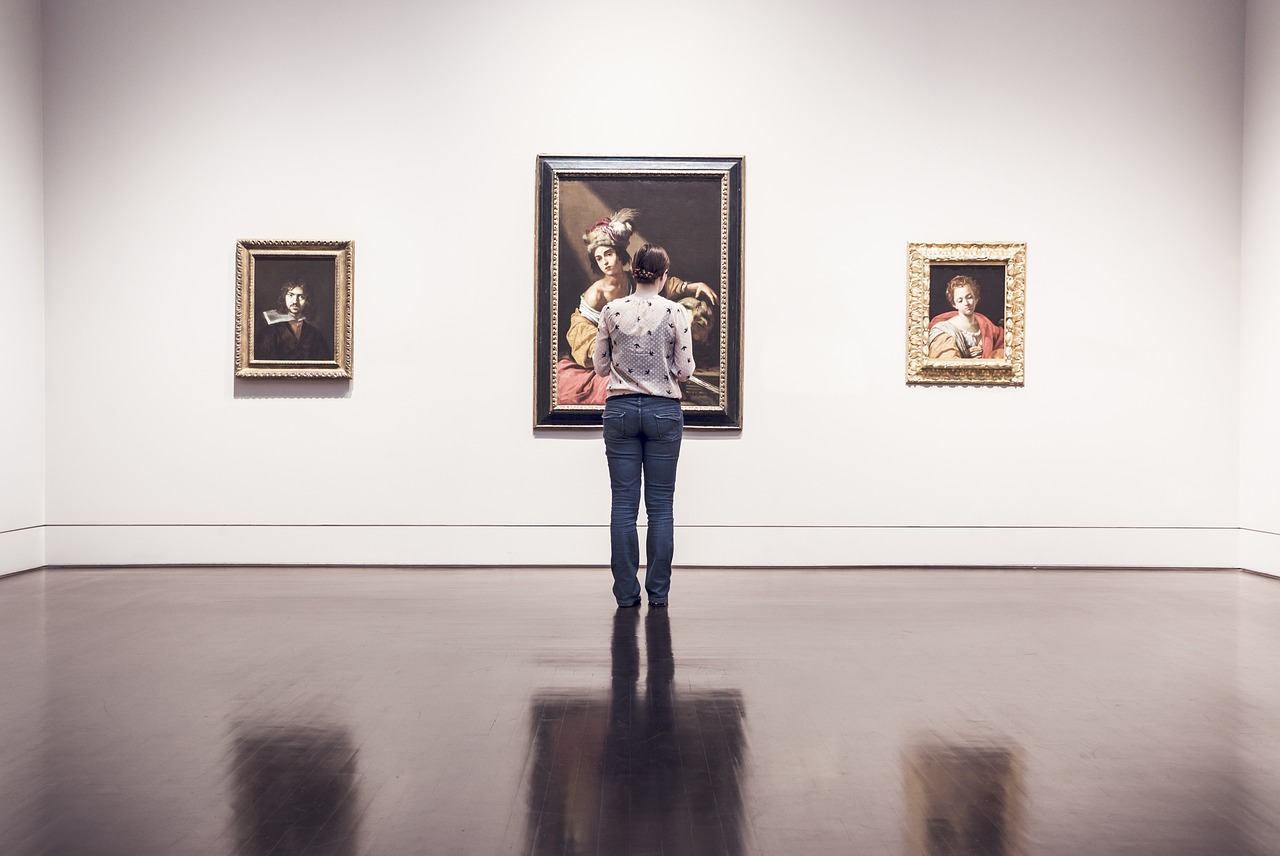
Deconstructing Patriarchal Narratives
When we delve into the realm of contemporary art through a feminist lens, we encounter a powerful wave of artists who are actively engaged in deconstructing patriarchal narratives entrenched in society. These artists challenge the status quo, offering alternative perspectives that disrupt traditional power structures and redefine societal norms.
Through their creative practices, feminist artists critique the historical dominance of male voices in art history, shedding light on the marginalized narratives of women and other gender identities. By deconstructing patriarchal narratives, they aim to dismantle the ingrained systems of oppression that have long dictated artistic representation and cultural discourse.
One notable strategy employed by feminist artists is the subversion of traditional artistic techniques and themes. By reinterpreting and subverting historical narratives, these artists confront the viewer with a fresh perspective that challenges ingrained biases and assumptions. This subversion serves as a form of resistance against the patriarchal gaze, offering a space for marginalized voices to be heard and validated.
Moreover, feminist artists often engage in collaborative practices that amplify diverse perspectives and challenge hierarchical structures within the art world. By working collectively and supporting one another, these artists create a sense of solidarity that empowers individuals to speak out against patriarchal norms and advocate for gender equality.
Additionally, the use of symbolism and metaphor in feminist art plays a crucial role in deconstructing patriarchal narratives. Through symbolic imagery and allegorical representations, artists convey complex ideas about gender, power, and identity, inviting viewers to critically reflect on the societal constructs that shape our understanding of the world.
In essence, the process of deconstructing patriarchal narratives in contemporary art is a multifaceted endeavor that requires courage, creativity, and a commitment to challenging the status quo. By dismantling oppressive structures and amplifying marginalized voices, feminist artists pave the way for a more inclusive and equitable artistic landscape that celebrates diversity and empowers individuals of all genders.

Intersection of Feminism and Activism
When exploring the intersection of feminism and activism in contemporary art, one cannot ignore the powerful impact of artists who use their creative platforms to advocate for social change and justice. These artists defy traditional boundaries and challenge societal norms through their thought-provoking works, sparking conversations and inspiring action.
Through their art, feminist activists address pressing issues such as gender inequality, racial discrimination, LGBTQ+ rights, and environmental justice. They bring attention to marginalized voices and experiences, shedding light on systemic injustices and advocating for a more inclusive and equitable society.
One notable example is the Guerrilla Girls, a group of anonymous feminist artists who use guerrilla tactics to expose gender and racial discrimination in the art world. By employing bold visuals and provocative messages, they confront institutions and individuals with the harsh realities of inequality, sparking dialogue and prompting change.
Contemporary feminist artists often collaborate with grassroots movements and community organizations to amplify their message and engage with diverse audiences. By participating in protests, marches, and social campaigns, these artists bridge the gap between art and activism, mobilizing communities and advocating for tangible social transformation.
Moreover, the digital age has provided new opportunities for feminist artists to reach global audiences and mobilize online communities. Social media platforms serve as powerful tools for spreading awareness, organizing collective action, and building solidarity across borders, connecting individuals with shared values and goals.
By harnessing the power of art and activism, feminist artists challenge the status quo, disrupt oppressive systems, and envision a more just and inclusive world. Their creative expressions serve as a catalyst for social change, inspiring viewers to question, reflect, and take action in the ongoing struggle for equality and justice.
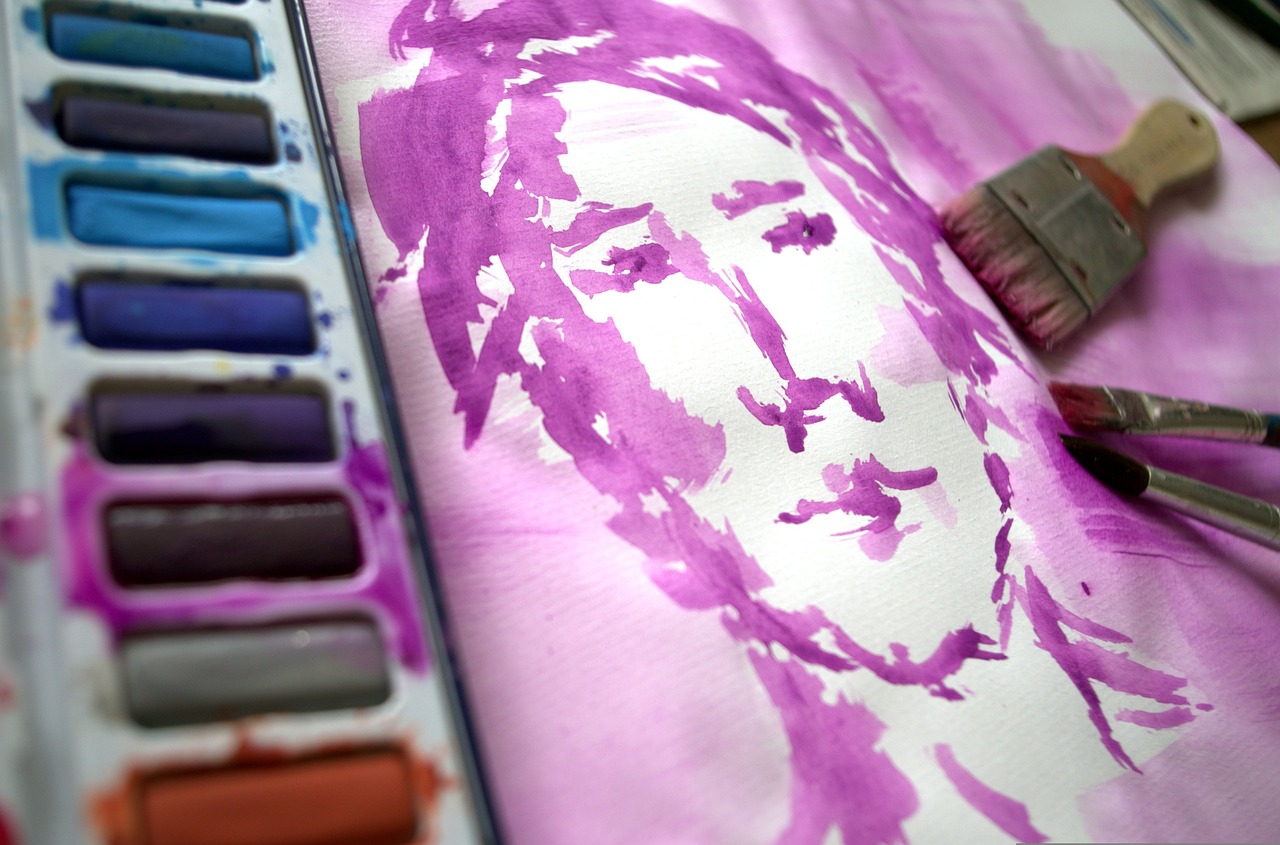
Feminist Art in Digital Spaces
Feminist art in digital spaces represents a dynamic and innovative approach to promoting gender equality and challenging societal norms through online platforms. In the digital realm, artists harness the power of technology to amplify their voices, connect with global audiences, and spark meaningful conversations about feminism and social justice. By utilizing social media, websites, virtual exhibitions, and digital art forms, feminist artists transcend physical boundaries and engage with diverse communities in unprecedented ways.
One key aspect of feminist art in digital spaces is the democratization of creativity and activism. Online platforms provide a level playing field for artists of all backgrounds to share their perspectives and advocate for gender equality. Through interactive websites, virtual reality experiences, and digital storytelling, artists can immerse audiences in thought-provoking narratives that challenge conventional ideas about gender, power, and representation.
Moreover, digital spaces offer a unique opportunity for collaborative art projects and collective activism. Artists can collaborate across continents, share resources and ideas instantly, and mobilize online communities to support feminist causes. From viral social media campaigns to digital art installations, the digital landscape empowers artists to effect change on a global scale and catalyze social movements.
However, navigating digital spaces as a feminist artist also poses challenges and complexities. Issues of online harassment, cyberbullying, and algorithmic biases can impact the visibility and reception of feminist art online. Furthermore, the commercialization of digital platforms may raise questions about the commodification of feminist ideologies and the co-optation of feminist narratives for profit.
In response to these challenges, feminist artists in digital spaces continue to innovate and adapt, exploring new technologies, experimenting with digital storytelling techniques, and advocating for digital ethics and inclusivity. By pushing boundaries, sparking dialogue, and leveraging the power of digital media, feminist artists are reshaping the art world and paving the way for a more inclusive and equitable future.
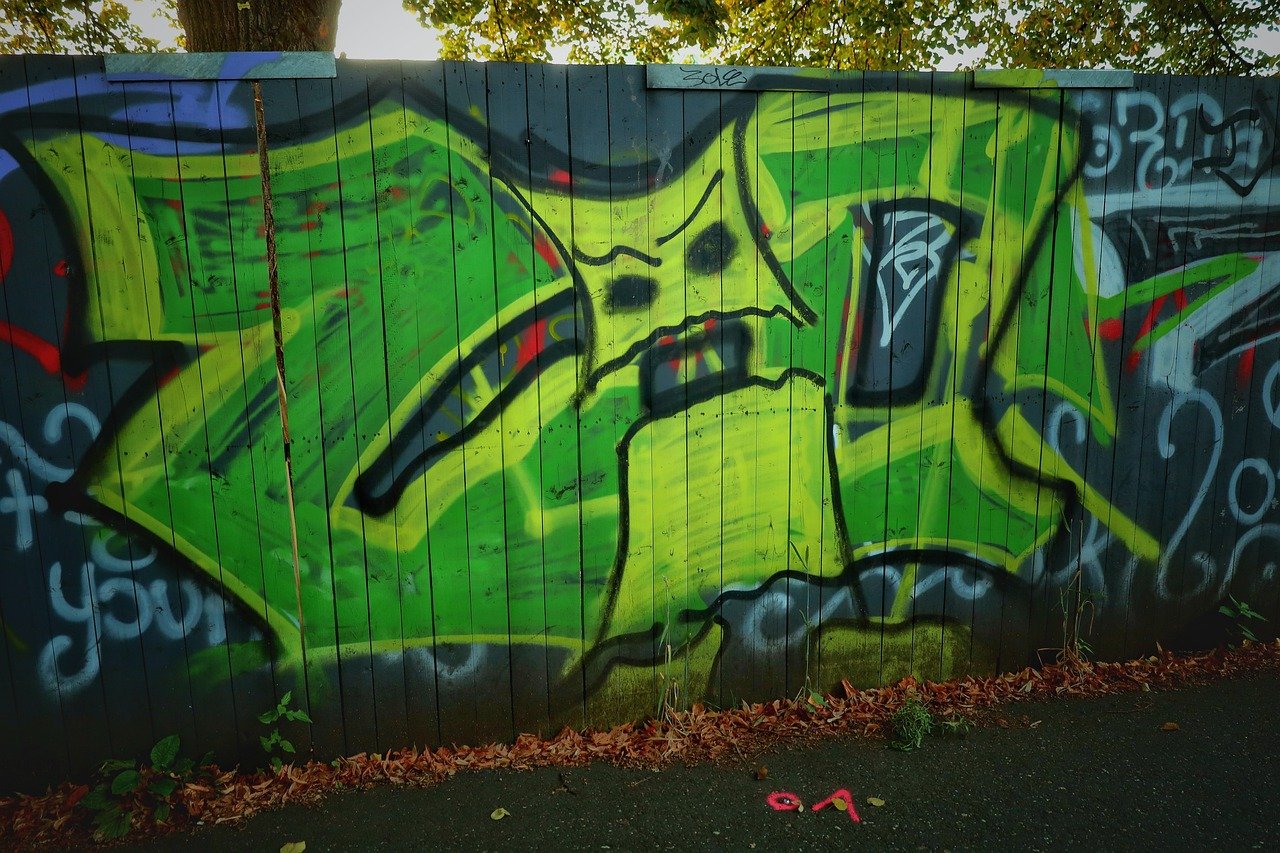
Challenges and Controversies in Feminist Art
When delving into the realm of feminist art, it becomes evident that challenges and controversies are an integral part of the narrative. One of the primary challenges faced by feminist artists is the persistent resistance and pushback from traditional art institutions and critics who may not fully embrace the radical perspectives and unconventional methods employed by feminist creators. This resistance often leads to censorship, marginalization, and dismissal of feminist artworks as mere provocations rather than legitimate forms of artistic expression.
Moreover, the commodification of feminist ideologies poses a significant controversy within the art world. As feminist art gains popularity and commercial value, there is a risk of diluting its original message and intent for the sake of marketability. This commodification can lead to the appropriation of feminist themes by mainstream culture, stripping them of their subversive power and reducing them to mere trends or marketing gimmicks.
Another pressing issue in feminist art is the ongoing debate surrounding inclusivity and intersectionality. While feminist art aims to amplify marginalized voices and challenge dominant power structures, there is a growing concern about the exclusion of certain identities within the feminist art movement. Intersectional feminism advocates for the recognition of various intersecting identities, such as race, class, and sexuality, in order to create a more inclusive and diverse feminist discourse. Failure to address these intersecting identities can result in the perpetuation of exclusionary practices within feminist art circles.
Furthermore, the question of censorship looms large over feminist artists who dare to challenge societal norms and provoke critical dialogue through their work. The controversial nature of feminist art often leads to backlash from conservative groups, moral authorities, and even within the art community itself. This backlash can manifest in the form of censorship, threats, and public outrage, creating a hostile environment for feminist artists to freely express their perspectives and advocate for social change.
In navigating these challenges and controversies, feminist artists continue to push boundaries, defy expectations, and spark meaningful conversations about gender, power, and representation. By confronting adversity head-on and persisting in their creative endeavors, feminist artists pave the way for a more inclusive, equitable, and socially conscious art world.

Feminist Art Exhibitions and Institutions
Feminist art exhibitions and institutions play a crucial role in promoting gender equality and diversity within the art world. These platforms serve as spaces for artists to showcase their work, engage in critical dialogue, and challenge societal norms. One notable institution is the Brooklyn Museum's Elizabeth A. Sackler Center for Feminist Art, dedicated to highlighting the contributions of feminist artists and advancing feminist perspectives in contemporary art.
Exhibitions such as the Guerrilla Girls' retrospective at the Tate Modern in London and the Women House exhibition at the National Museum of Women in the Arts in Washington, D.C., have garnered international acclaim for their exploration of gender, identity, and social issues through art. These exhibitions not only showcase the talent of feminist artists but also spark conversations about equality and representation.
Furthermore, institutions like the Women's Art Library at Goldsmiths, University of London, provide valuable resources for researchers, students, and artists interested in feminist art history. By archiving and preserving the works of female artists, these institutions contribute to the visibility and recognition of women's artistic contributions throughout history.
Collaborative projects between feminist artists and institutions, such as the Her Noise Archive at the University of the Arts London, aim to document and celebrate the impact of women in sound art and experimental music. These initiatives not only showcase the diversity of feminist artistic practices but also create inclusive spaces for underrepresented voices in the art world.
Overall, feminist art exhibitions and institutions serve as vital platforms for promoting inclusivity, challenging stereotypes, and advocating for social change through artistic expression. By supporting and showcasing the work of feminist artists, these spaces contribute to the ongoing dialogue surrounding gender equality, representation, and diversity in the art world.

Future Directions of Feminist Art
The future of feminist art is a dynamic landscape filled with possibilities and challenges. As contemporary society continues to evolve, so too does the role of feminist art in shaping cultural narratives and advocating for social change. One of the key directions for feminist art is the exploration of intersectionality, acknowledging the interconnected nature of various forms of oppression and privilege. Artists are increasingly incorporating diverse perspectives and experiences into their work, highlighting the importance of inclusivity and representation.
Furthermore, the use of technology and digital media is expected to play a significant role in the future of feminist art. Artists are leveraging online platforms to reach global audiences, challenge traditional power structures, and engage in dialogue on pressing social issues. The digital space offers new opportunities for collaboration, activism, and community-building, allowing feminist artists to connect with like-minded individuals and amplify their voices.
Another direction for feminist art lies in the exploration of environmental and sustainability themes. As the world grapples with pressing ecological challenges, artists are using their creative practices to raise awareness about environmental issues, advocate for eco-feminism, and promote sustainable living. By intertwining feminist principles with environmental activism, artists are forging new pathways for artistic expression and social change.
Moreover, the future of feminist art is likely to involve a continued push for diversity and representation within the art world. Artists from marginalized communities are challenging existing power structures, demanding greater visibility and recognition for their work. Institutions and curators are being called upon to embrace inclusivity, equity, and accessibility in their programming, ensuring that feminist art remains a vibrant and inclusive space for all voices to be heard.
Frequently Asked Questions
- What is feminist art?
Feminist art is a form of art that reflects the ideologies and struggles of the feminist movement. It aims to challenge and critique traditional gender norms, promote gender equality, and advocate for women's rights through artistic expression.
- Who are some notable feminist artists?
Some notable feminist artists include Judy Chicago, Frida Kahlo, Yayoi Kusama, Kara Walker, and Cindy Sherman. These artists have made significant contributions to the feminist art movement and have influenced contemporary art practices.
- How does feminist art contribute to social change?
Feminist art contributes to social change by raising awareness about gender inequality, challenging patriarchal narratives, and advocating for women's empowerment. Through their artwork, feminist artists inspire dialogue, promote inclusivity, and push for progressive societal transformations.
- What are some common themes in feminist art?
Common themes in feminist art include body positivity, reproductive rights, intersectionality, LGBTQ+ rights, and the deconstruction of gender stereotypes. These themes reflect the diverse experiences and perspectives of women and marginalized communities.
- How can I support feminist artists and their work?
You can support feminist artists by attending their exhibitions, purchasing their artwork, sharing their work on social media, and advocating for gender equality in the art world. By supporting feminist artists, you contribute to the visibility and recognition of their important contributions to contemporary art.









